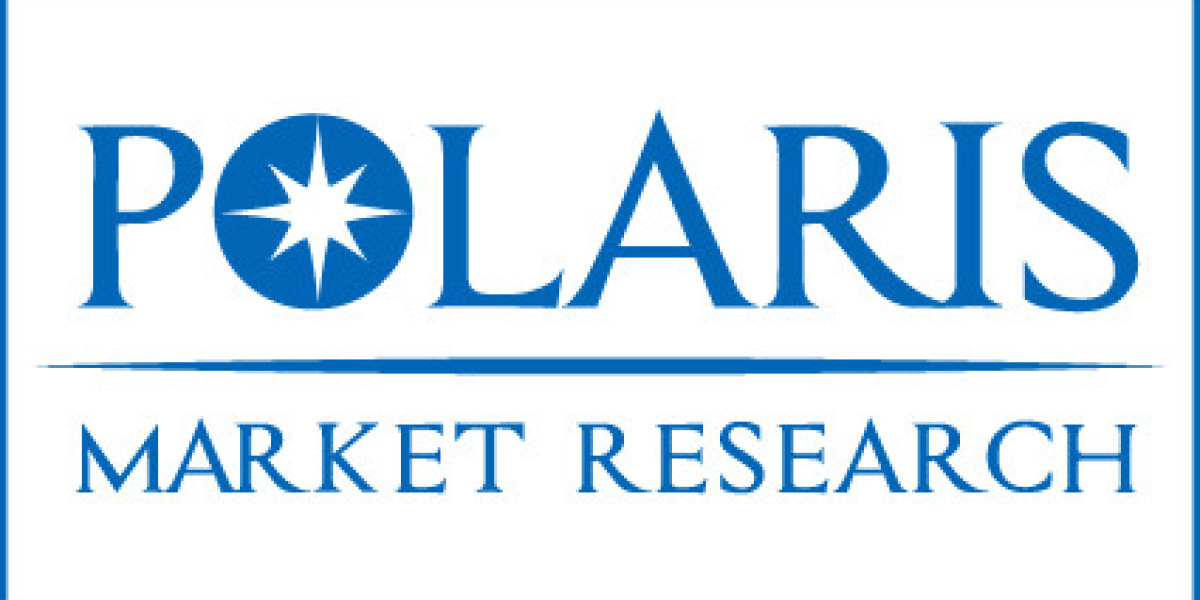Market overview
The global subdural electrodes market was valued at USD 32.02 million in 2023 and is expected to grow at a CAGR of 8.0% during the forecast period.
The Subdural Electrodes Market encompasses devices and consumables used to record electrocorticography (ECoG) signals directly from the cerebral cortex surface via subdural strip and grid electrodes. Market revenues accrue from both one-time implantable devices and associated surgical disposables, intraoperative monitoring services, and software used for signal acquisition and analysis. Demand is correlated with rates of refractory epilepsy, growth in functional neurosurgery, and the availability of specialized epilepsy centers capable of performing long-term intracranial monitoring. Advances that combine subdural electrodes with responsive neurostimulation systems, improved biocompatible materials, and enhanced imaging/signal-processing workflows are expanding the clinical utility of these products.
Key market growth drivers
- Rising prevalence of epilepsy and refractory seizure disorders. An increasing global burden of epilepsy, particularly drug-resistant epilepsy that requires surgical evaluation, continues to drive demand for intracranial monitoring. Subdural electrodes are a gold-standard diagnostic option for patients who require high spatial-resolution mapping to determine resectable seizure onset zones.
- Expansion of specialized epilepsy centers and neurosurgical capacity. Investments in tertiary care hospitals, growth in trained epileptologists and functional neurosurgeons, and improved referral pathways in many regions are driving higher procedure volumes for intracranial monitoring and surgical interventions.
- Technological innovation in electrode materials and signal analytics. Improvements in electrode array designs (e.g., flexible grids, higher density contacts), coatings that reduce inflammation and artifact, and digital signal-processing platforms that integrate with imaging (MRI/CT/functional mapping) are enhancing diagnostic yield and surgeon confidence. Better data visualization tools also make intracranial results easier to interpret and act on.
- Increasing adoption of multimodal and hybrid monitoring approaches. Clinicians are combining subdural ECoG with depth (stereotactic) electrodes, functional imaging, and electrophysiologic mapping to achieve more precise localization and preserve critical brain functions. This trend increases demand for interoperable electrode systems and supporting hardware/software.
Market challenges and restraints
- Invasiveness and procedural risk. Subdural electrode implantation is a neurosurgical procedure associated with risks — infection, hemorrhage, and neurological deficit — which can limit patient acceptance and make clinicians prefer less invasive alternatives (e.g., stereo-EEG) in suitable cases.
- Rising preference for depth and stereotactic monitoring in some centers. Stereoelectroencephalography (SEEG) has gained popularity in certain regions because it can sample deep structures with fewer craniotomies. This modality shift can restrain growth for surface subdural arrays in centers that adopt SEEG broadly.
- High cost and reimbursement variability. The capital and per-case costs of intracranial monitoring, allied imaging, and prolonged hospital stays create economic hurdles. Inconsistent reimbursement and budgetary constraints in some health systems can slow adoption despite clinical need.
- Regulatory, ethical, and training barriers. Rigorous regulatory requirements for implantable neurodevices, the need for specialized training to implant and interpret subdural recordings, and ethical considerations around invasive monitoring can all delay market expansion, particularly in emerging markets where infrastructure is limited.
Regional analysis
- North America: The largest regional market, supported by established epilepsy centers, favorable reimbursement frameworks in many areas, and active clinical research. North America leads in technology adoption and product innovation, with larger procedure volumes for both diagnostic monitoring and epilepsy surgery.
- Europe: Mature markets in Western Europe display consistent demand driven by well-established neurosciences networks and academic hospitals. Variability exists across Eastern Europe, where access and specialist availability are improving but remain heterogeneous. Regulatory harmonization in the EU aids product entry for manufacturers.
- Asia-Pacific: Expected to be the fastest-growing region due to expanding healthcare infrastructure, rising investments in tertiary care, increasing awareness of surgical options for epilepsy, and a growing pool of trained specialists. Markets such as Japan, South Korea, China, and India show differing adoption curves but collectively represent significant market potential.
- Latin America: Growth is moderate; progress is driven by a few centers of excellence and urban tertiary hospitals. Limitations include constrained healthcare budgets and uneven geographic distribution of specialized care.
- Middle East & Africa: Nascent market with pockets of advanced care in urban centers. Expansion depends on continued investment in specialized neurosurgical programs, training, and partnerships with global centers.
Browse Full Insights:
https://www.polarismarketresearch.com/industry-analysis/subdural-electrodes-market
Key companies
- Abbott Laboratories
- Ad-Tech Medical Instrument Corporation
- Blackrock Microsystems
- Boston Scientific Corporation
- CorTech GmbH
- DIXI Medical
- Inomed Medizintechnik GmbH
- Integra LifeSciences Corporation
- LivaNova PLC
- Medtronic Plc
- Natus Medical Incorporated
- Nihon Kohden Corporation
- PMT Corporation
- Ripple Neuro
- Unique Medical Co. Ltd.
Market trends and strategic directions
Manufacturers and clinical centers are pursuing several convergent strategies: increasing electrode contact density for finer cortical mapping; developing hybrid systems that support both surface and depth recordings; integrating ECoG outputs with machine-learning analytics to improve seizure localization; and designing disposables and reusable components to balance cost-efficiency with infection control. Additionally, an emphasis on minimally disruptive implantation techniques and perioperative protocols aims to reduce complication rates and accelerate recovery.
Commercial strategies increasingly target bundled service offerings (devices + analytics + training) and stronger post-market clinical evidence to support reimbursement. In emerging markets, manufacturers are focusing on strategic partnerships, training programs, and pricing models that consider varying hospital economics.
Conclusion and outlook
The Subdural Electrodes Market occupies a specialized but essential niche in epilepsy care and functional neurosurgery. While the market faces competition from less invasive modalities and must contend with procedural risks and cost pressures, the continued prevalence of drug-resistant epilepsy, combined with technological advances and the maturation of specialized neurosurgical services worldwide, support a favorable medium-term outlook.
More Trending Latest Reports By Polaris Market Research:
Clinical Trial Supplies Market
Lower Extremity Implants Market
Clinical Trial Supplies Market
Automotive Collision Repair Market
Hydrogen Fuel Cell Vehicles Market
Real-time PCR, Digital PCR, And End-point PCR Market
Restaurant Point-of-Sale (POS) Terminals Market
Real-time PCR, Digital PCR, And End-point PCR Market








